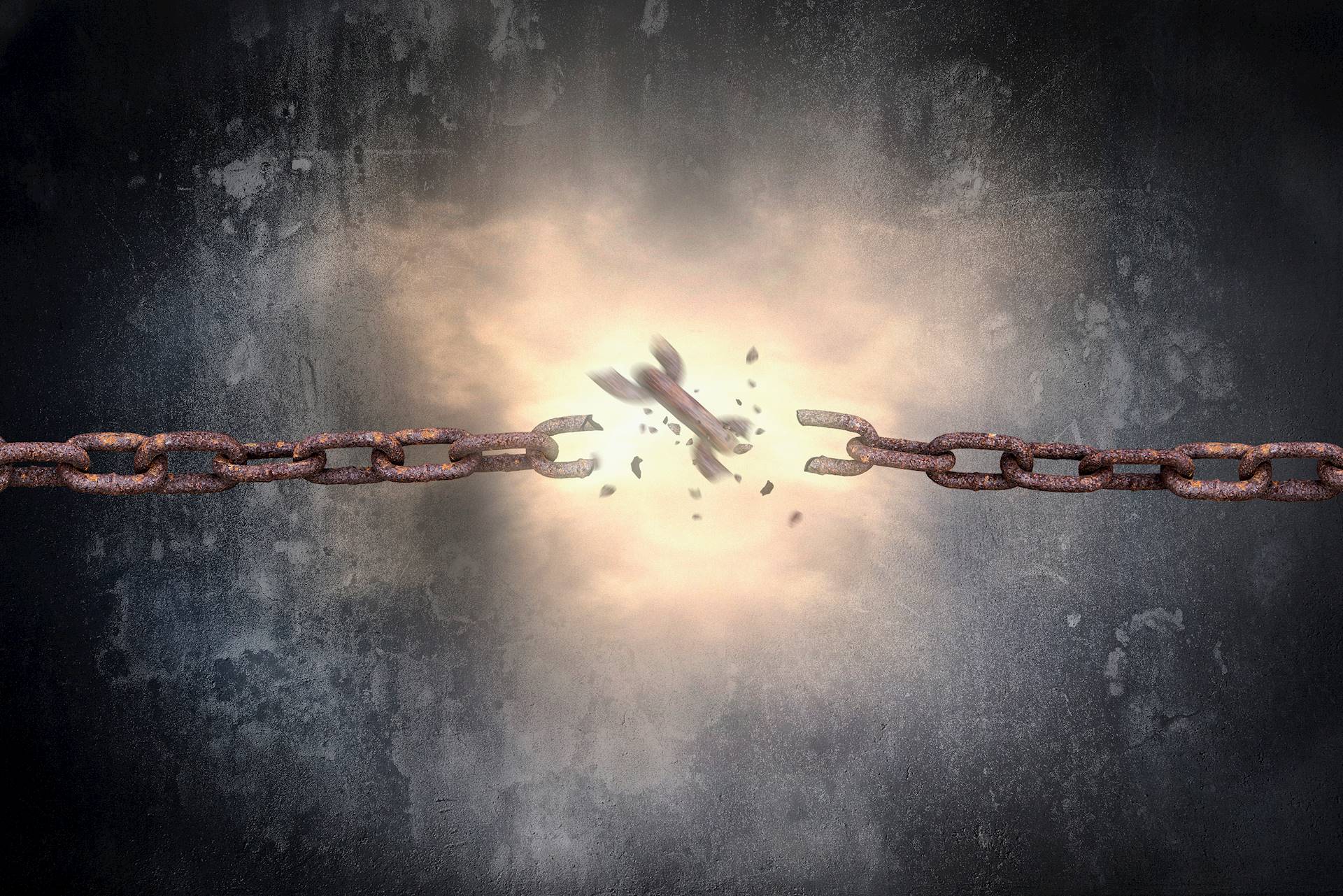 Tsung-Lin Wu
Tsung-Lin Wu
In their classic 1992 text, The Spirituality of Imperfection, Ernie Kurtz and Katherine Ketcham described six dimensions of spirituality at the core of the recovery experience: release, gratitude, humility, tolerance, forgiveness, and being-at-home. In my prolonged mentorship by and collaborations with Ernie, we often returned to those central themes.
The essence of the addiction experience is being confined and bound by something once highly prized that subsequently mutated into a monster over which one had minimal if any control. It is then not surprising that within numerous varieties of recovery experience, there is a shared thread of letting go, of breaking free. This experience of release goes by many names and descriptors: escape (from physical craving and mental obsession), deliverance, liberation, pardon, regeneration, serenity, tranquility, harmony, and balance. This release is both breaking free from an enslaved past--a freedom from the insatiable demands of the drug and the guilt, shame, fear of insanity, and self-pity that are so integral to the addiction experience?and a freedom to move forward to a life of higher meaning and purpose. This sense of being liberated, when fully realized, elicits an emotional intensity impossible to comprehend by those suggesting that addiction is a choice.
Kurtz and Ketcham describe a paradox embedded within this release opportunity.
"Letting go" involves a breaking down of the resistance to reality, a surrender to the demand for certitude; it can be pictured as a letting fall of fetters, a shucking of bonds of fear and possessiveness now experienced as no longer binding. We "wake up" to discover that the locks and chains have been removed, and realizing this, we lift our arms and let the chains drop away. But the chains cannot drop if we have become so attached to them that we fear being without them. While the chains may no longer be attached to us, we may still be attached to them. The deeper release, then, is of our attachment to the chains that bind us (Kurtz and Ketcham, 1992, p. 170).
In our discussions, Ernie often suggested that self-centeredness and self-deception were the major obstacles to this act of letting go that is so central to the initiation of recovery, but he left open the question of whether such self-entrapment was a cause or consequence of addiction. In contrast to traditional psychotherapies, Ernie thought that recovery for many involved a process of getting out of themselves rather than deeper into themselves.
Release in recovery is a complex experience. It has physical dimensions, particularly the diminishment or complete loss of the insatiable cravings (i.e. the cellular hunger for the drug). It is marked by cognitive and perceptual changes--escape from the mental preoccupations that crowded out all else and the loss of attentional bias toward drug cues that leaves one the sense of truly seeing the world for the first time. There are, of course, psychological and emotional dimensions to release the expiation of long-suppressed emotions and what is sometimes experienced as a simultaneous and paradoxical escape from self and acceptance of self--the essence of Kurtz and Ketcham's spirituality of imperfection. Spiritual dimensions of release include awakening to the reality that one has been gifted (graced) with a new sense of freedom and hope--a rebirth midwifed by some greater force in the universe or the fruit of an ultimate life decision. Release can also have relational aspects in the severing of toxic, drug-linked relationships and the expansion of one's social world.
To those who are yet seeking such a release, know that it is an immeasurable gift buried within the heart of the recovery experience. Know that you will not likely be in control of when and how it arrives. For some, this sense of being set free arrives early in recovery while for others it arrives unannounced months or years into recovery at a time its expectation has been forsaken. For some, release will come in a lighting strike--the legacy of a transformational change experience that is unplanned, positive, and permanent; for others, it slowly seeps into one's experience until the day arrives when one suddenly realizes that one's past destructive desires and obsessions are gone.
For many, the release experience remains a mystery, but a mystery worth embracing with deep humility and gratitude.